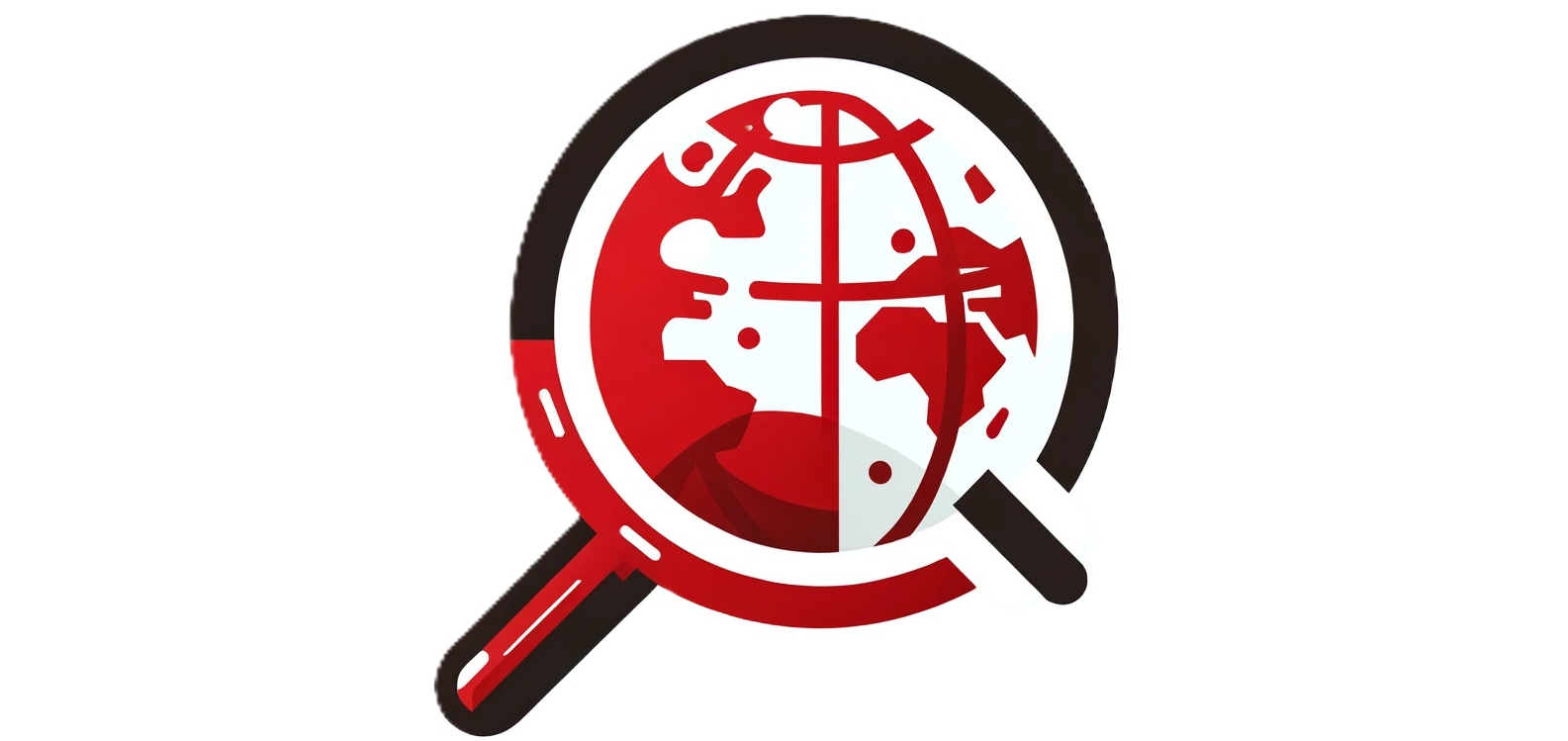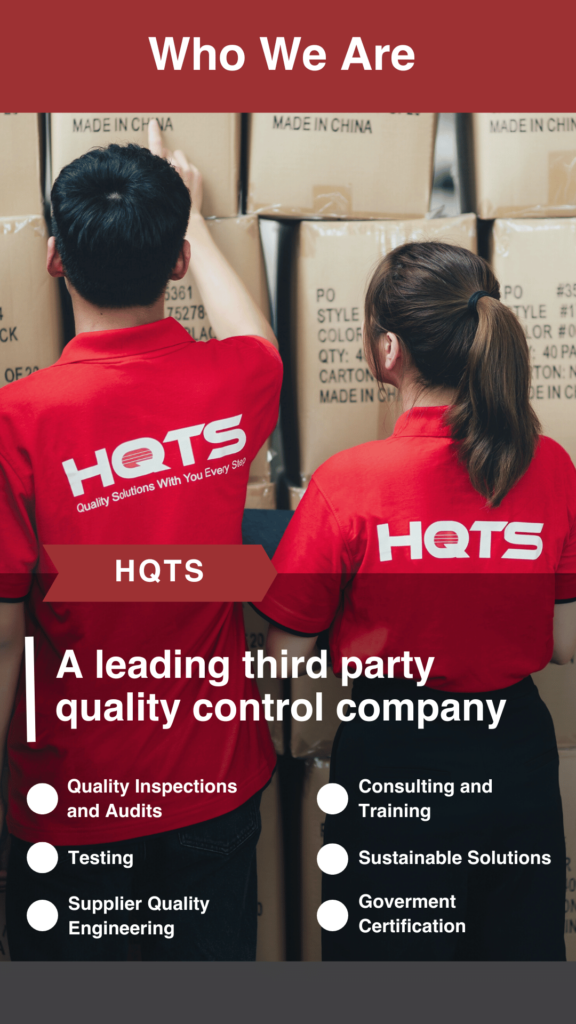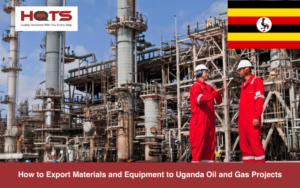Valves are used in many safety-critical applications, such as in the oil and gas industries. Like many other industrial products, these equipment are often sourced in Asia, with valve manufacturers in China and India being common.
However, this also means that purchasing valves comes with significant risks. In addition to fraudulent valve suppliers posing as manufacturers, there is always the prevalent risk that your manufacturer produces non-conformant valves that cannot perform their intended function.
In this article, we’ll delve into valve inspections, providing the information you need to reduce the risks the next time you purchase valves.
What to Look Out for When Buying a Valve?
While there are many factors to consider when purchasing valves, including considering the type of valve (such as ball valves, gate valves, globe valves, check valves, and butterfly valves), size, material corrosion resistance, and heat tolerance. We recommend you to always examine the following key factors:
- Manufacturing: The factory may not have the technical expertise or for cost-saving purposes import certain types of valves. Always ask the supplier about the origin of the valve.
- Certifications: Look for recognized standards like ANSI, API, ASTM, or ISO to ensure the valve meets quality and performance standards.
- Material Test Certificate: Verify the material test certificate for details such as chemical composition, mechanical properties, and other relevant information.
- The Supplier’s Legitimacy: Ensure you are dealing with a legitimate valve supplier to avoid being scammed or receiving non-conforming equipment.
Suggestion: It’s always recommendable to audit the valve manufacturer – before you send any deposits. Auditing the supplier can provide you insight into their capabilities and valve quality, as well as mitigate the risk of dealing with fraudulent trading companies posing as manufacturers.
Valve Inspection Checklist
The valve evaluation is typically conducted on-site at the factory before shipment, and is especially popular for first-time purchases from a valve supplier in India or China.
The inspector will evaluate the equipment based on various criteria and may use the ISO2859 sampling plan or G2 inspection sampling plan to determine sampling size and acceptance criteria for quality inspections of valves.
What Are the Special Attention Points During a Valve Inspection?
At AQM BD, we have years of experience inspecting industrial equipment such as valves in China, India and other parts of the world. Our valve checklist is extensive and we can catch both small and large defects. When evaluating a valve, we typically assess the following parameters:

Quantity and Packing Condition
The inspector will perform a quantity verification to ensure that the number of valves at the factory is consistent with the order statement.
Additionally, the inspector will carefully examine the packaging materials, including boxes, to ensure they’re in good condition and that the valves are properly secured to prevent any damage during transit.
Workmanship
After the quantity verification and inspection of packaging materials, the inspector will proceed to conduct a detailed assessment of the workmanship of the valves. This will involve a comprehensive visual inspection of the valves to evaluate their overall condition, paying close attention to exterior flaws such as:
- The poor coating on the surface
- Rough on surface
- Dust on surface
- Oil stain on the surface
- Any visible cracks or dents
- Incomplete or poor welding

Style, Color and Documentation
In some instances, the inspector may check the colour of the valves to see if they have to match the specified requirements. Additionally, all documents related to the valve, including the material test certificate, will be checked for accuracy.
Field Test and Measurement
The dimensions of the valve are critical to its functionality, as they valves are often interchangeable and have to be able to be sealed properly. The inspector will take dimensional measurements of the valves to ensure they fall within the tolerance range. Additionally, the inspector will test valve using a coating thickness gauge to measure the thickness of the protective coatings and may use other valve testing procedures if required.
Valve Defects: What Are the Most Common Issues?
Some of the most common non-conformances include:
- The dimensions of the valve are outside the tolerance level.
- The valve has surface defects such as scratches, dents or other imperfections.
- The valves are manufactured using poor-quality materials.
Conclusion: Valve Inspections: A Guide for Ensuring Product Quality
Valves are important in many safety-critical applications, such as the oil and gas industry, making valve quality control especially important.
Conducting a third-party valve inspection is a cost-effective way to reduce risks in valve sourcing. Our valve inspection evaluations cover the workmanship, documentation, quantity verification, and more. With 25+ years of experience inspecting goods for buyers, AQM BD is here to help. Contact us today if you have any questions about our inspections or would like to see a sample valve inspection report.





